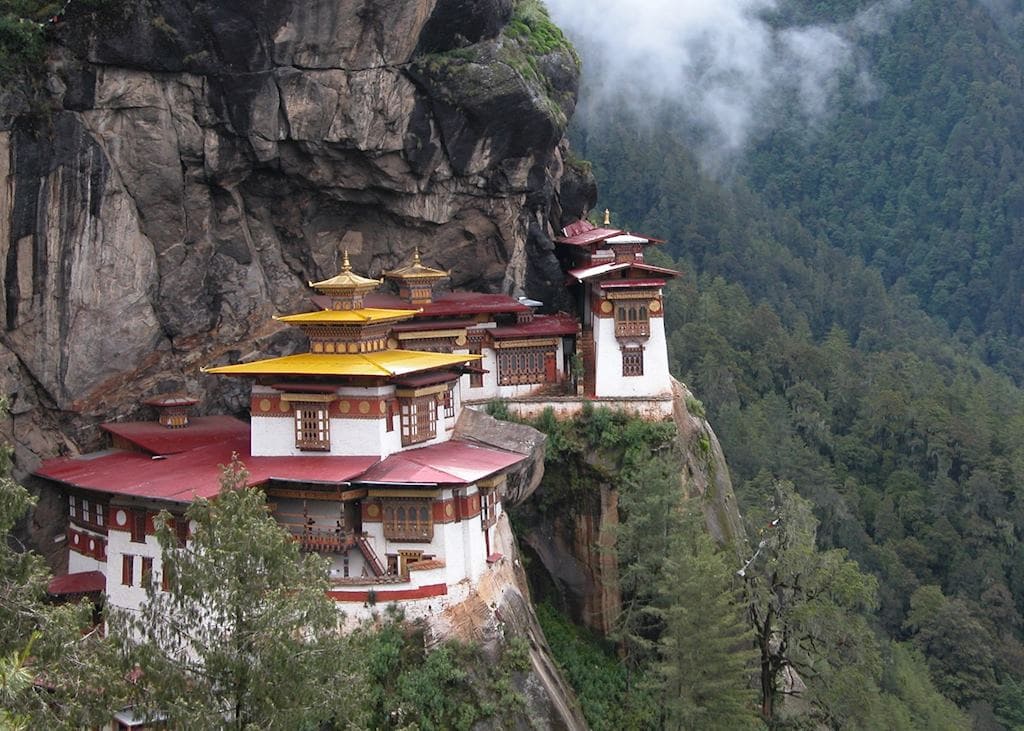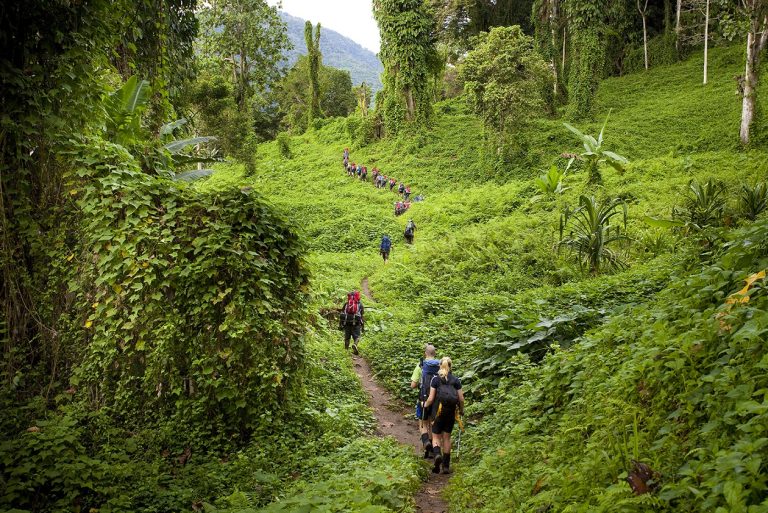In a world dominated by globalization, a few isolated tribes still live as their ancestors did—without modern technology, untouched by mainstream society. Visiting these communities can be a life-changing experience, but it must be done ethically and respectfully to avoid exploitation and harm.
Here’s a guide to the last remote tribes open to visitors, how to visit them responsibly, and why cultural preservation matters.
1. The Sentinelese (North Sentinel Island, India)
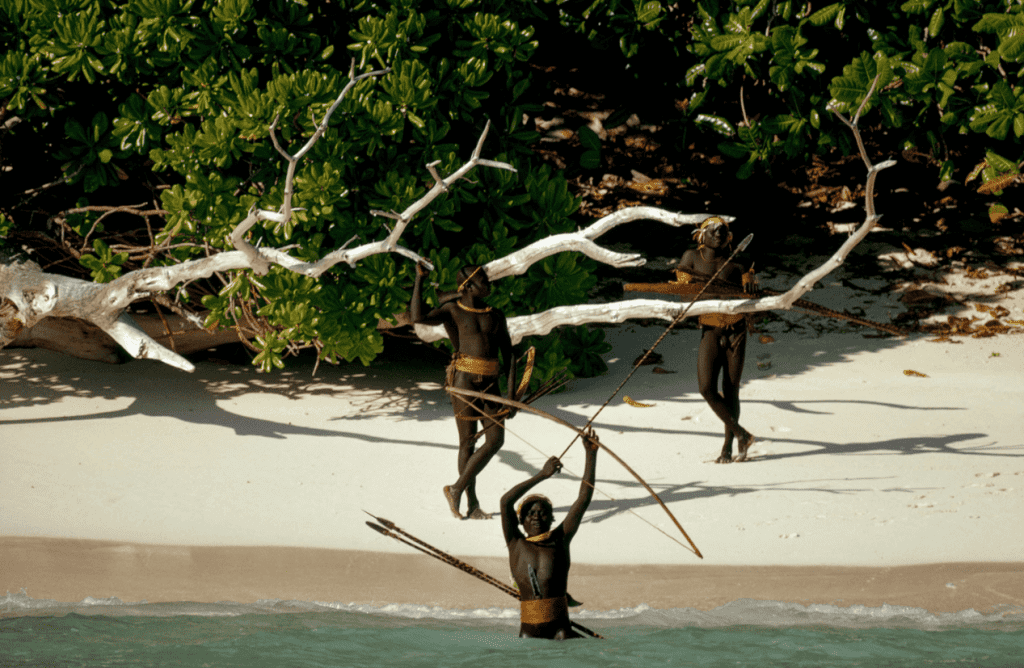
📍 Location: Andaman Islands, India
🛑 Can You Visit? No – The tribe is hostile to outsiders, and the Indian government bans visits to protect them from diseases.
🌍 Why They’re Unique:
- One of the last uncontacted tribes on Earth.
- Attack anyone who approaches (famous for killing a missionary in 2018).
⚠️ Ethical Note: Respect the ban—their survival depends on isolation.
2. The Himba (Namibia)
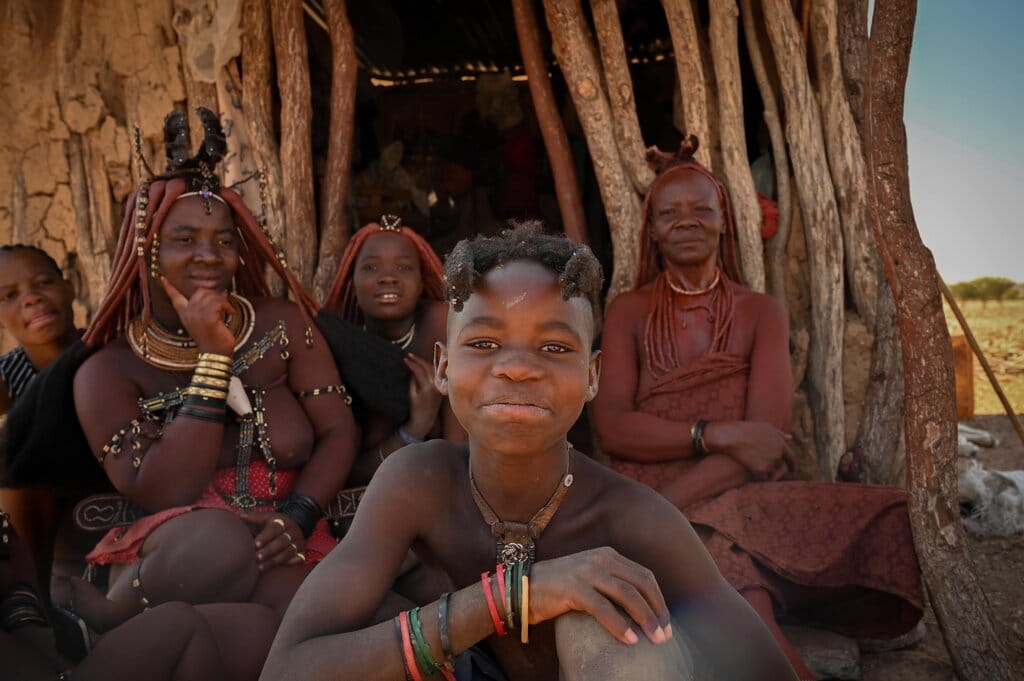
📍 Location: Kaokoland, Namibia
✅ Can You Visit? Yes, with a guide
🌍 Why They’re Unique:
- Semi-nomadic herders with ochre-covered skin & intricate hairstyles.
- Still practice ancient traditions.
✈️ How to Visit Responsibly:
✔ Book through ethical tour operators (e.g., Wild Safaris Namibia).
✔ Ask permission before taking photos (some request payment).
✔ Avoid giving gifts directly (donations should go through community leaders).
3. The Korowai (Papua, Indonesia)
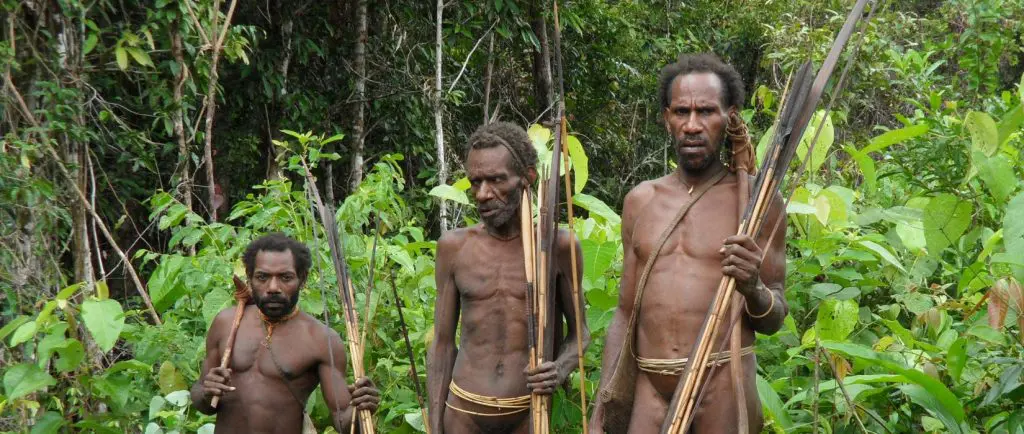
📍 Location: Papua’s rainforests, Indonesia
✅ Can You Visit? Yes, with extreme caution
🌍 Why They’re Unique:
- Known as “treehouse people” (homes built 40m high).
- First contacted in the 1970s, some clans remain isolated.
✈️ How to Visit Responsibly:
✔ Use local guides from Korowai clans (not outsiders).
✔ Bring useful gifts (medicine, tools) instead of money.
✔ No flash photography—it can frighten them.
4. The Yanomami (Brazil/Venezuela)
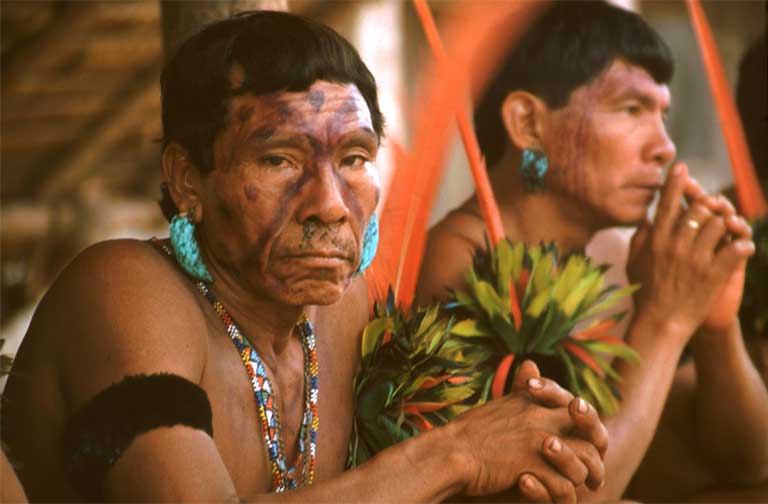
📍 Location: Amazon Rainforest
✅ Can You Visit? Rarely, with special permits
🌍 Why They’re Unique:
- One of the largest indigenous tribes in the Amazon.
- Threatened by illegal mining & logging.
✈️ How to Visit Responsibly:
✔ Only visit with Yanomami-approved NGOs.
✔ Do not bring outside food (risk of disease).
✔ Support their land rights by donating to advocacy groups.
5. The Dani Tribe (Baliem Valley, Indonesia)
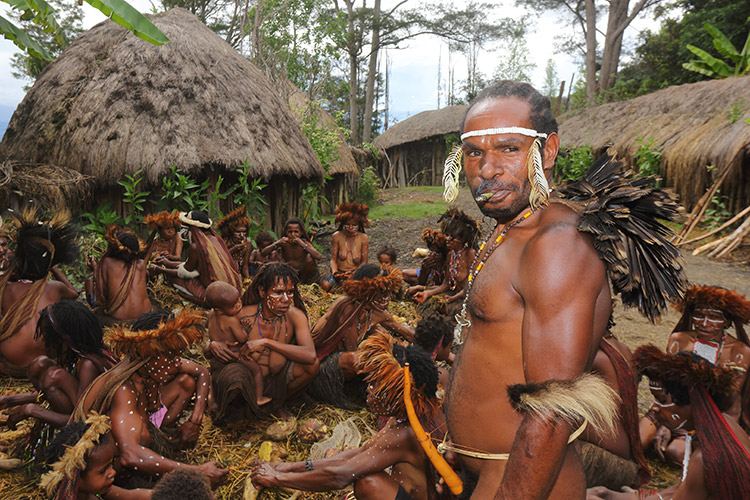
📍 Location: West Papua, Indonesia
✅ Can You Visit? Yes, via guided tours
🌍 Why They’re Unique:
- Known for traditional “pig feasts” and body piercings.
- Some still use stone tools.
✈️ How to Visit Responsibly:
✔ Attend the Baliem Valley Festival (August) for cultural exchange.
✔ Respect their rituals (some may seem extreme to outsiders).
✔ Buy local crafts directly from artisans.
6. The Maasai (Kenya/Tanzania)
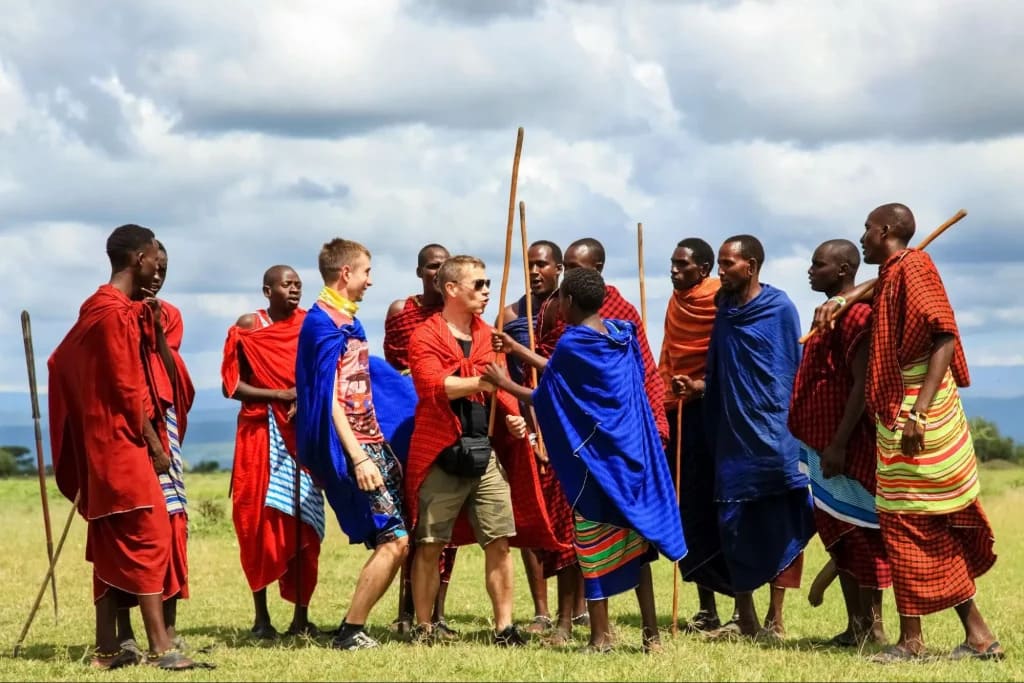
📍 Location: Serengeti & Amboseli
✅ Can You Visit? Yes, but choose wisely
🌍 Why They’re Unique:
- Famous for jumping dances & red shuka robes.
- Many “tourist villages” are exploitative setups.
✈️ How to Visit Responsibly:
✔ Visit authentic Maasai-run camps (e.g., Basecamp Explorer).
✔ Avoid “human safari” tours that treat them as exhibits.
✔ Learn their customs (e.g., don’t point with your finger).
. The Trobriand Islanders (Papua New Guinea)
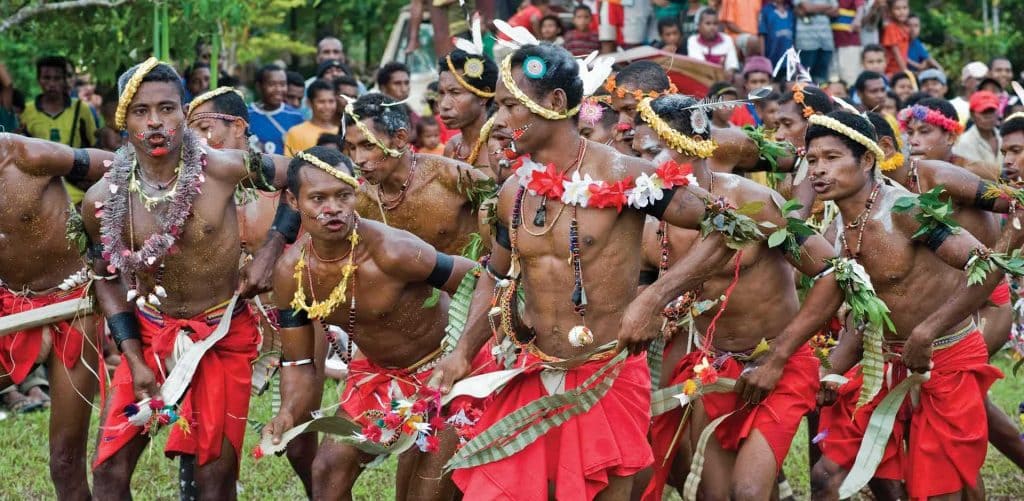
📍 Location: Kiriwina Islands
✅ Can You Visit? Yes, with local permission
🌍 Why They’re Unique:
- Known for “yam exchanges” and elaborate rituals.
- Made famous by anthropologist Bronisław Malinowski.
✈️ How to Visit Responsibly:
✔ Arrange visits through local chiefs.
✔ Participate, don’t just observe (e.g., dance ceremonies).
✔ No alcohol—many tribes are strictly sober.
8. The Matsés (Peru/Brazil)


📍 Location: Amazon Basin
✅ Can You Visit? Only with deep respect
🌍 Why They’re Unique:
- Use frog venom (Kambo) in rituals.
- Reject mass tourism fiercely.
✈️ How to Visit Responsibly:
✔ Only visit with Matsés-guided eco-tours.
✔ Never take photos without explicit consent.
✔ Support their medical needs (malaria is a threat).
Golden Rules for Visiting Tribal Communities
1️⃣ Seek Permission First – Never assume you’re welcome.
2️⃣ No Photos Without Consent – Some tribes believe cameras steal souls.
3️⃣ Avoid Giving Cash – It can disrupt their economy.
4️⃣ Leave No Trace – Don’t bring plastic or modern waste.
5️⃣ Learn Basic Phrases – Show respect in their language.
Why Responsible Tourism Matters
✔ Prevents cultural erosion from mass tourism.
✔ Funds healthcare & education for tribes.
✔ Protects them from exploitation by outsiders.
Travel as a Guest, Not a Spectator
Visiting these tribes is a privilege, not a right. By following ethical guidelines, you ensure their traditions survive for future generations.

